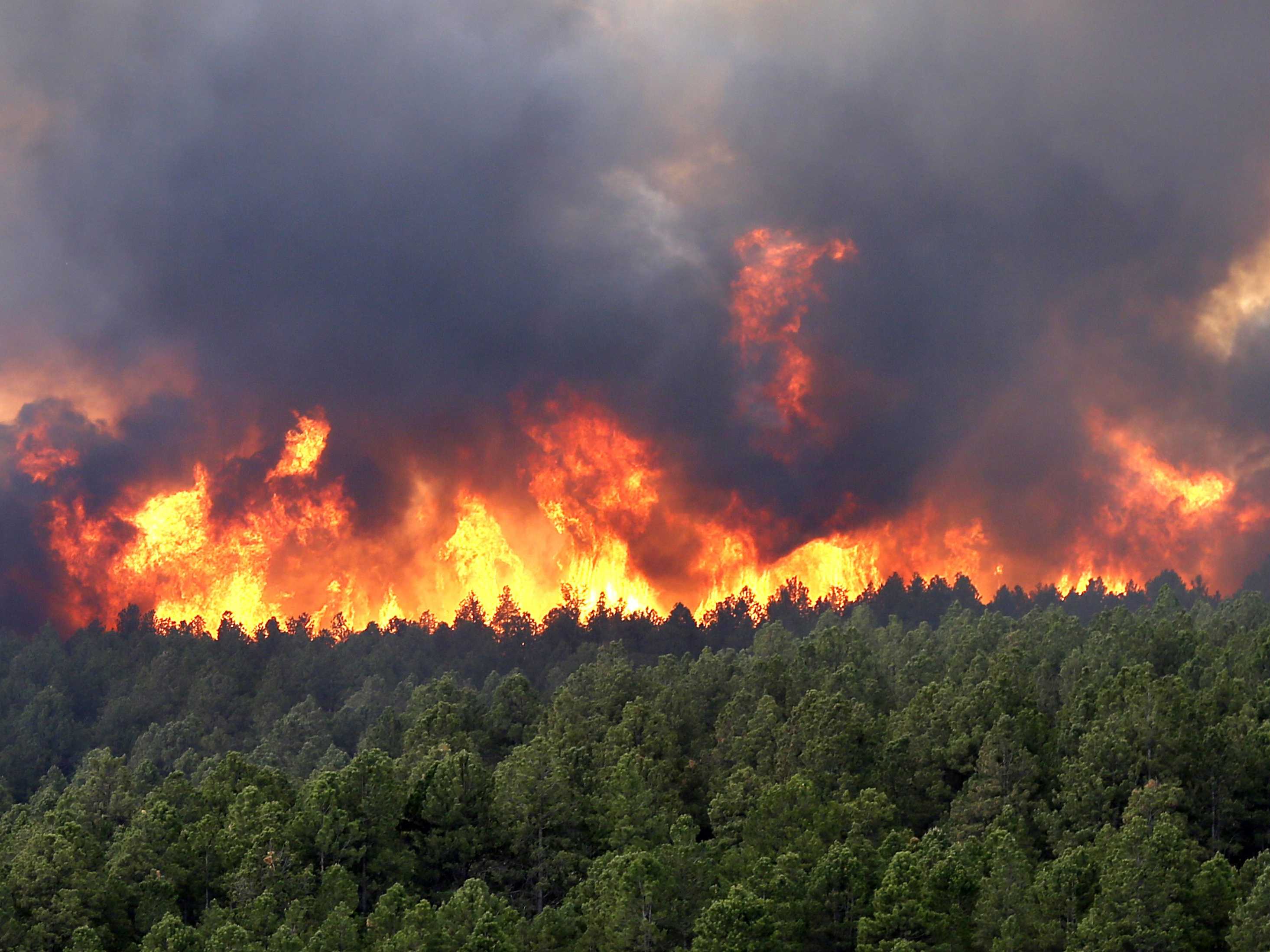
With historic wildfires blazing through the West Coast for more than a month now, thick smoke plumes and haze continue to choke much of California. But more than just painting the skies in eerie sepia tones, experts are almost certain that the smoke has killed far more people than the massive flames.
In a recent report, researchers from Stanford University estimated that the record-breaking concentrations of wildfire smoke that have persisted since last month were responsible for 1,200 to 3,000 deaths in California alone that wouldn’t have occurred otherwise. The fatalities were among people aged 65 and older.
“These are hidden deaths,” said researcher Marshall Burke.
Burke and his colleagues also noted that the population sampled is susceptible to health conditions that compromise their heart and/or lungs. When exposed to particulate matter and toxic vapors from wildfire smoke, these people could get far sicker.
“Indirect” deaths from exposure to smoke
On top of the insurmountable damage that the wildfires have caused, large smoke plumes present a significant health hazard. Existing research shows that exposure to fine, inhalable air pollutants (PM2.5), which are abundant in wildfire smoke, can cause a range of serious health outcomes, including death.
With the recent wildfires in California, there has been a significant increase in PM2.5 concentrations. Without a doubt, this sudden increase is due to the wildfires, the researchers wrote, citing last month’s lower PM2.5 concentrations before the fires started.
The group also relied on data from a 2019 paper that looked at the impact of air pollution on deaths and emergency room (ER) visits among people aged 65 and older.
The paper’s findings showed that for each additional microgram per cubic meter of PM2.5, deaths among adults aged 65 and older rose by 0.7 per million people. There was also an additional 2.7 ER visits.
There are about six million people aged 65 and older in California. Using the paper’s estimates in light of this population size, the Stanford researchers arrived at some 1,200 excess deaths (deaths that would not have happened otherwise) and 4,800 ER visits that could have stemmed from exposure to wildfire smoke.
When the researchers accounted for the smoke’s possible effect on people over the following months, their estimate ballooned to 3,000 excess deaths. However, given the record-breaking wildfires blazing across Oregon and Washington, it’s possible that the hazardous smoke is affecting people across the board.
Moreover, there is some evidence that air pollution could worsen COVID-19-related outcomes, noted Burke. If this is the case, then their estimates could still be far too modest, he added. (Related: Could air pollution be causing the coronavirus to spread more rapidly?)
Hazardous small particles in smoke
While some groups do face a disproportionate risk of serious health outcomes from inhaling polluted air, this doesn’t mean that those in good shape or health are exempt from some degree of risk.
Particles generated from burning trees and shrubs contain metals and organic compounds. Most of these are toxic and capable of damaging tissues of the lungs and heart, Michael Kleinman, a professor of occupational and environmental medicine at the University of California, Irvine, told Newsweek.
To make matters worse, some of the compounds hitching a ride on these particles are known carcinogens, such as benzene and free radicals. In fact, most of the toxic compounds found in tobacco smoke can also be found in wildfire smoke, added Kleinman. Exposure to these particles, then, could heighten the risk of cancer.
In addition, wildfire smoke is a cocktail of toxic and harmful emissions. Carbon monoxide, for instance, is known to cause headaches, dizziness and nausea when inhaled. Meanwhile, long-term exposure to high concentrations of carbon monoxide is associated with an increased risk of heart disease.
There are still a lot of fires burning, most of which are taking a long time to contain. Because of this, even areas with no wildfires face health hazards associated with exposure to wildfire smoke. Health experts advise that people living near affected areas take steps to protect themselves, like closing windows and staying indoors.
California has seen five of its six largest wildfires to date in the past two months, but total containment is still nowhere in sight. The state’s second-largest fire to date, called the SCU Lightning Complex, has now burned almost 400,000 acres across seven counties but is still just 98 percent contained.
The LNU Lightning Complex is not far behind, having decimated some 360,000 acres around the counties of Sonoma and Napa. It is also just 98 percent contained.
Visit ClimateScienceNews.com to keep up with the ongoing wildfire crisis in California.
Sources include:
Please contact us for more information.





















